Giro d'Italia 2021 route revealed
Mountains and gravel roads bookended by time trials in Turin and Milan
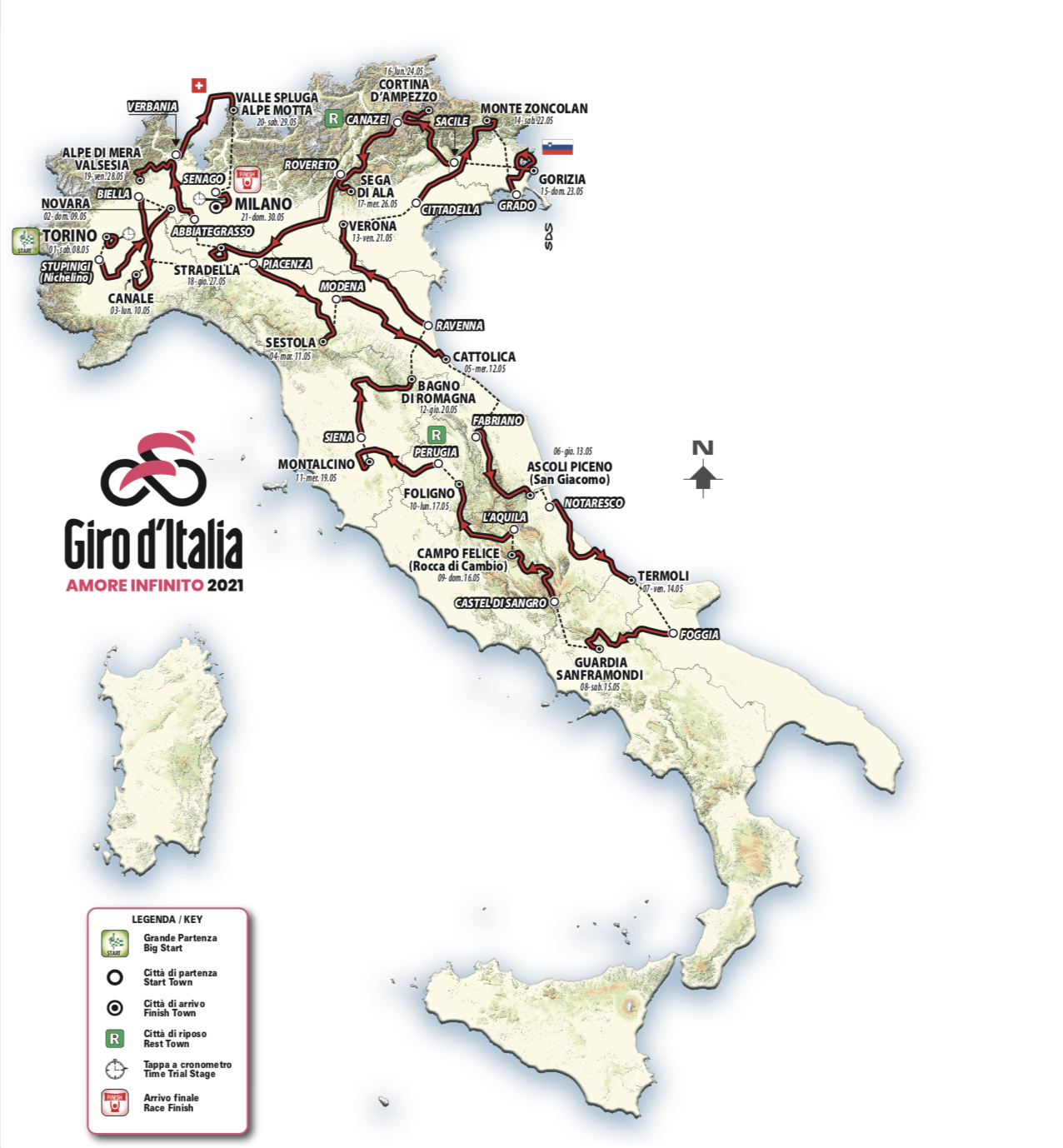
The 2021 Giro d’Italia will include just 38.4 kilometres of time trials but is packed with six mountain finishes, seven other hilly stages, and almost 47,000 meters of climbing, making the Corsa Rosa a race for Egan Bernal (Ineos Grenadiers), Thibaut Pinot (Groupama-FDJ) and Vincenzo Nibali (Trek-Segafredo).
The first Grand Tour of the season will also have a stage to Montalcino in Tuscany with 34km of gravel roads in the finale, while stage 9 up to Campo Felice ends with two kilometres of dirt roads.
There are six stages for the sprinters sprinkled along the three weeks of racing but they will have to suffer to make it to Milan.
The two time trials bookend the race route between Saturday, May 9 and Sunday, May 30. The race starts in Turin with a flat 9km time trial and ends with a 29.4km time trial to the centre of Milan. Yet again, there is no team time trial or mountain time trial.
The total race distance is 3450km for an average of 164.3km per stage.
The Monte Zoncolan is the steepest finish of the race with its double-digit gradients in the final three kilometres.
Stage 16 is the Queen stage - or ‘tappone’ - climbing the Passo Fedaia, the Passo Pordoi and the Passo Giau in the Dolomites before the descent to the finish in Cortina d’Ampezzo. The 212km stage includes a massive 5,700m of climbing. The 2,239m Passo Pordoi will award the Cima Coppi prize as the race's highest point.
Get The Leadout Newsletter
The latest race content, interviews, features, reviews and expert buying guides, direct to your inbox!
Other little-known mountain finishes in the final week include 10 per cent ramps up to Sega di Aia near Trento on stage 17, Alpe di Mera near the Swiss border north of Milan on stage 19, and then up the Valle Spluga on stage 20.
This final mountain stage heads into Switzerland to climb the Passo di San Bernardino and the Splugenpass before returning to Italy and finishing at Alpe Motta.
The 104th edition of the Giro d’Italia will celebrate the 90th anniversary of the introduction of the race leader’s pink jersey, with a special logo on this year’s maglia rosa.
The full route of the 2021 Giro d’Italia was presented live on Italian television in Milan on Wednesday, with a limited audience due to COVID-19 restrictions.
The 2020 Giro d’Italia was postponed until October with Britain’s Tao Geoghegan Hart winning in Milan after taking the pink jersey from Jai Hindley in the final time trial.
Geoghegan Hart will not defend his victory, with Ineos Grenadiers opting to send Bernal to the Giro d’Italia, while Filippo Ganna will target the time trials before preparing for the Tokyo Olympics with the Italian national team.
Click through below for our gallery of all 21 stage profiles of the 2021 Giro d'Italia
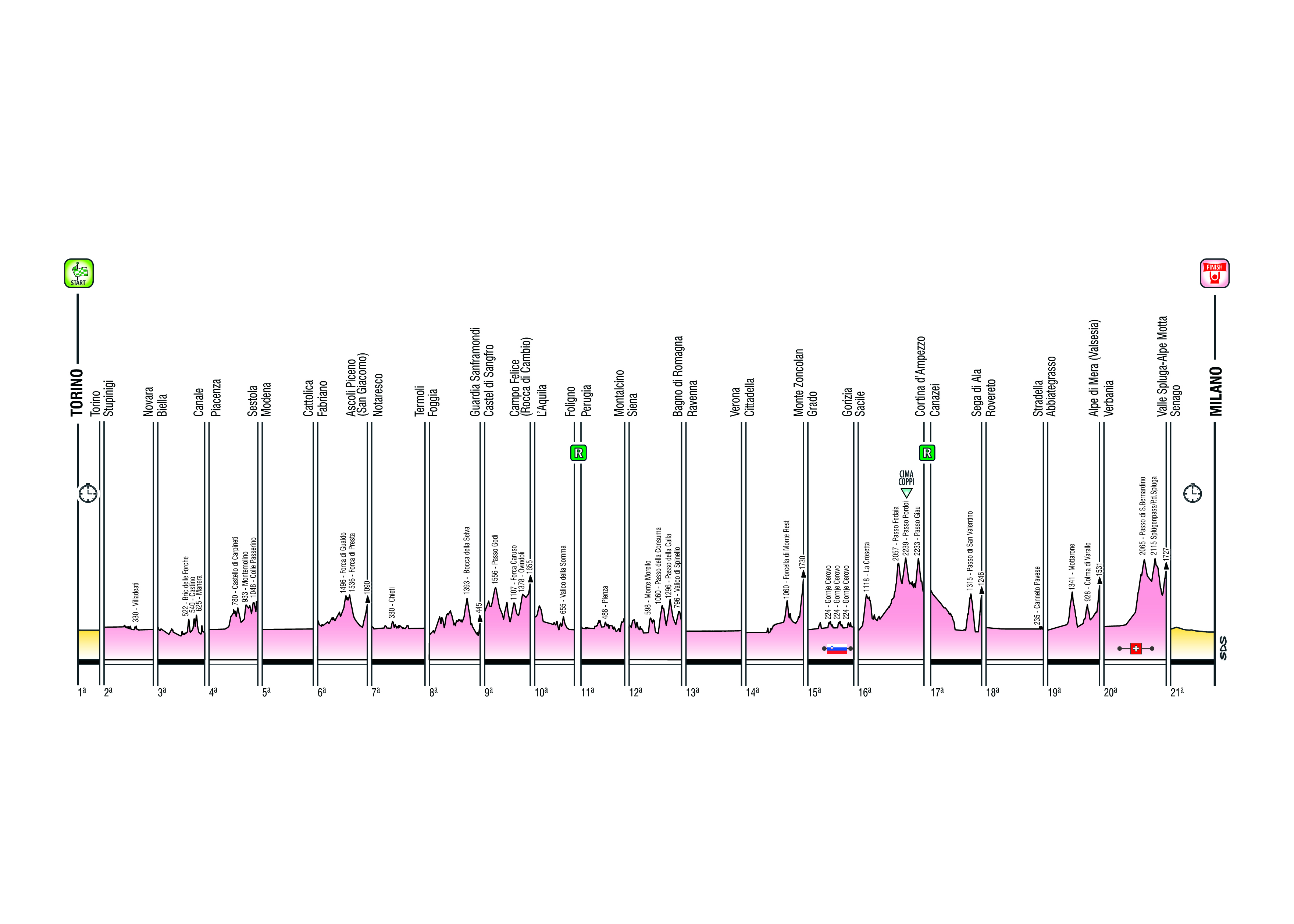
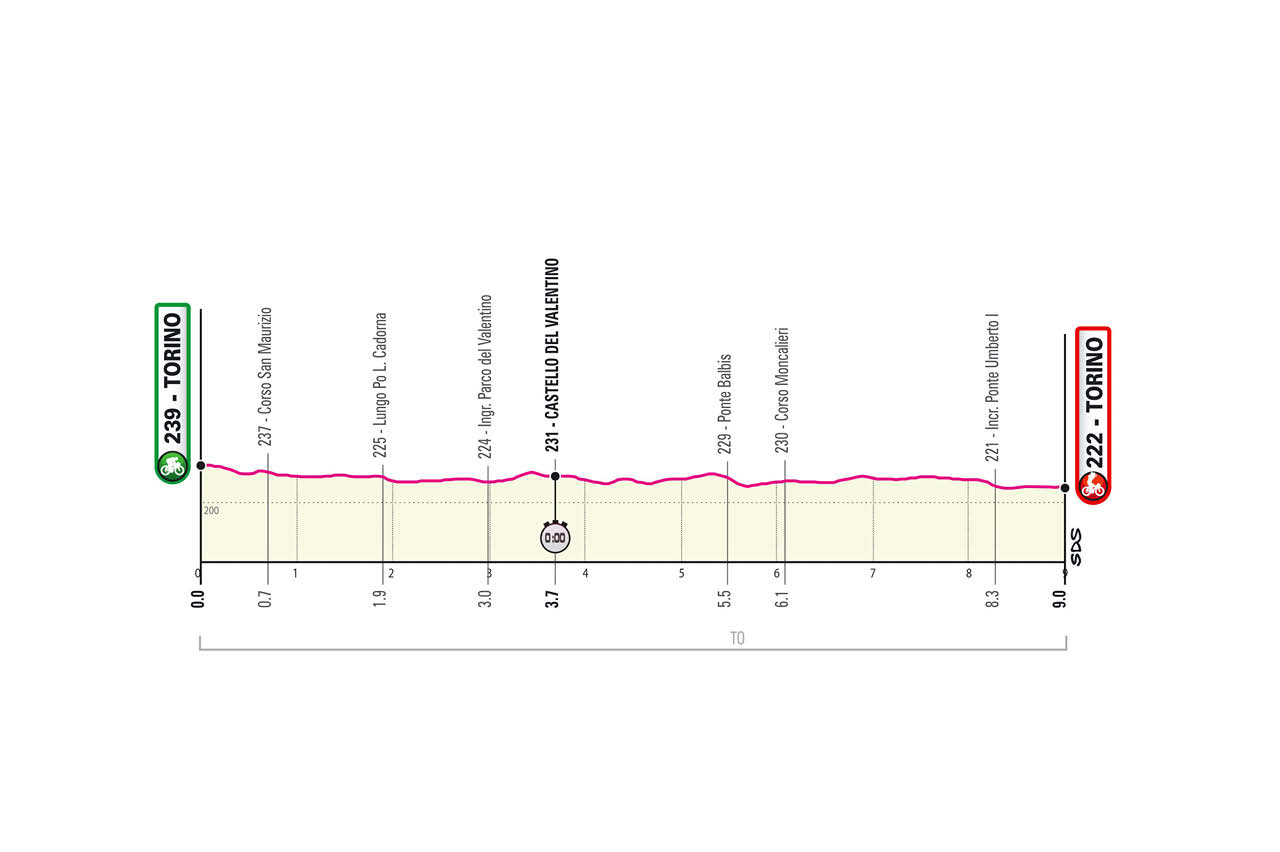
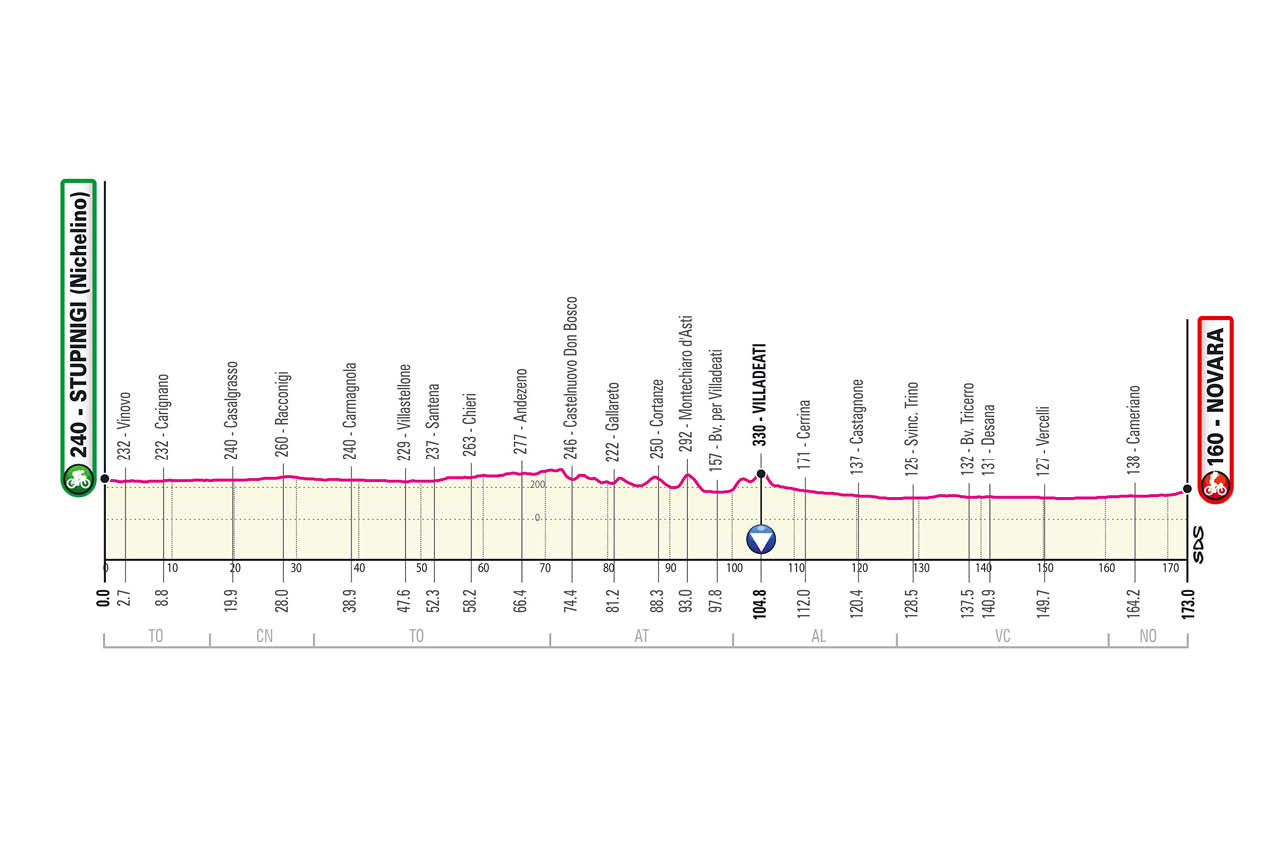

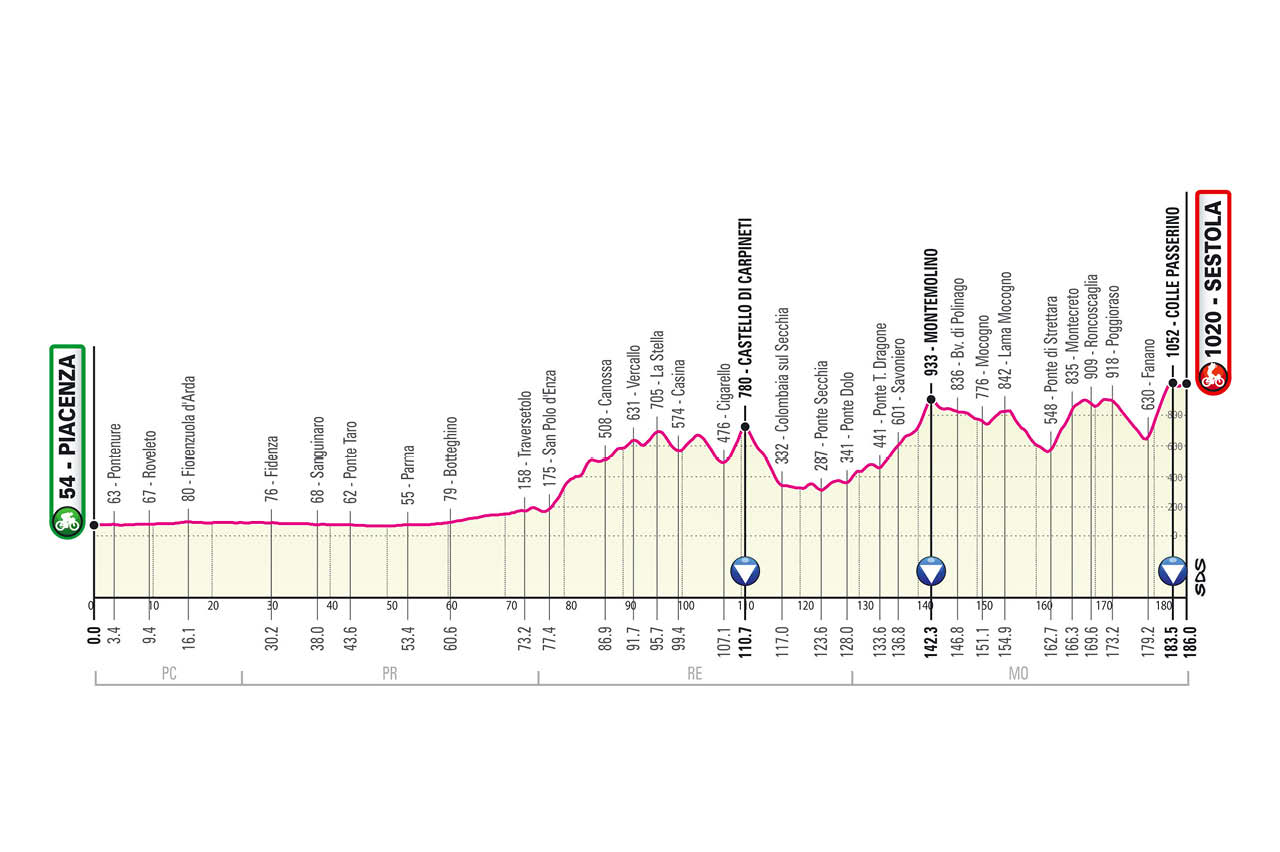
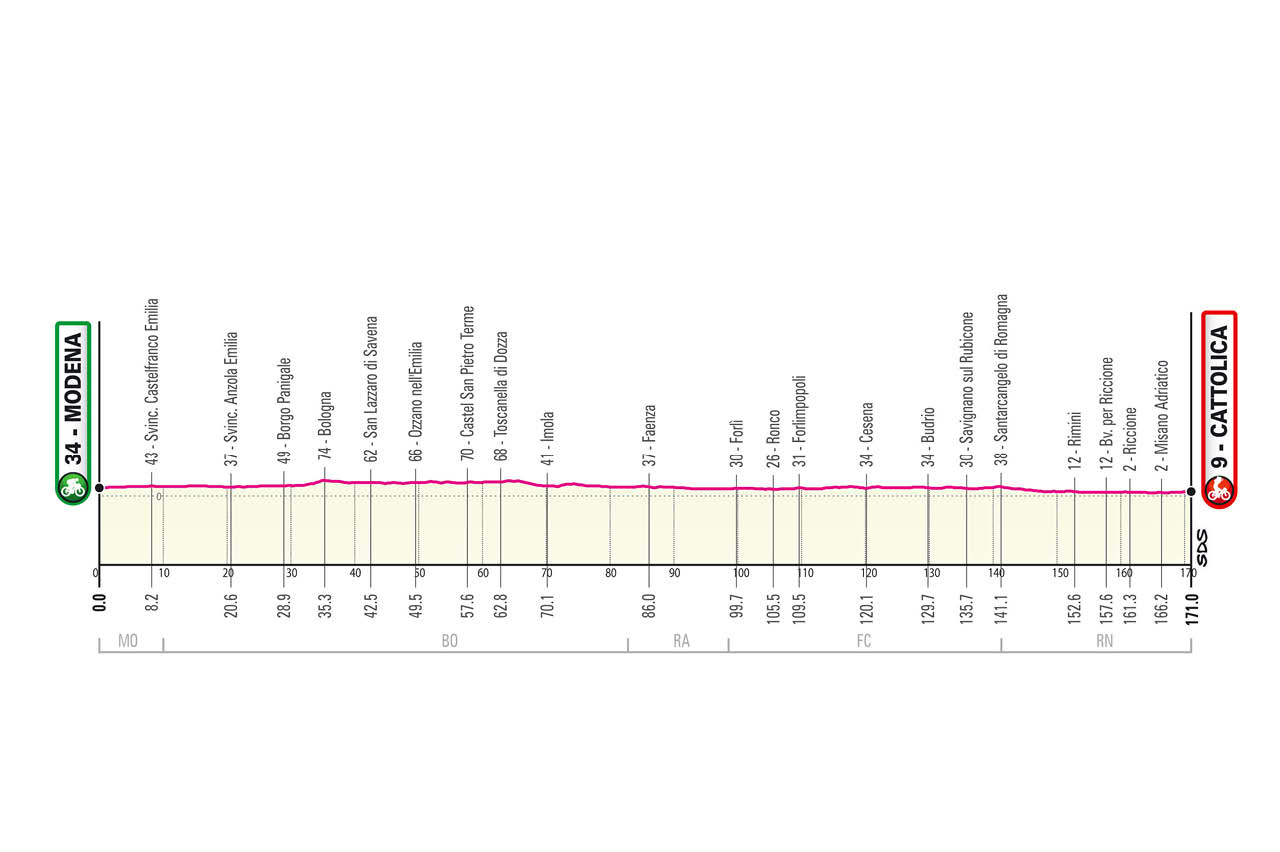
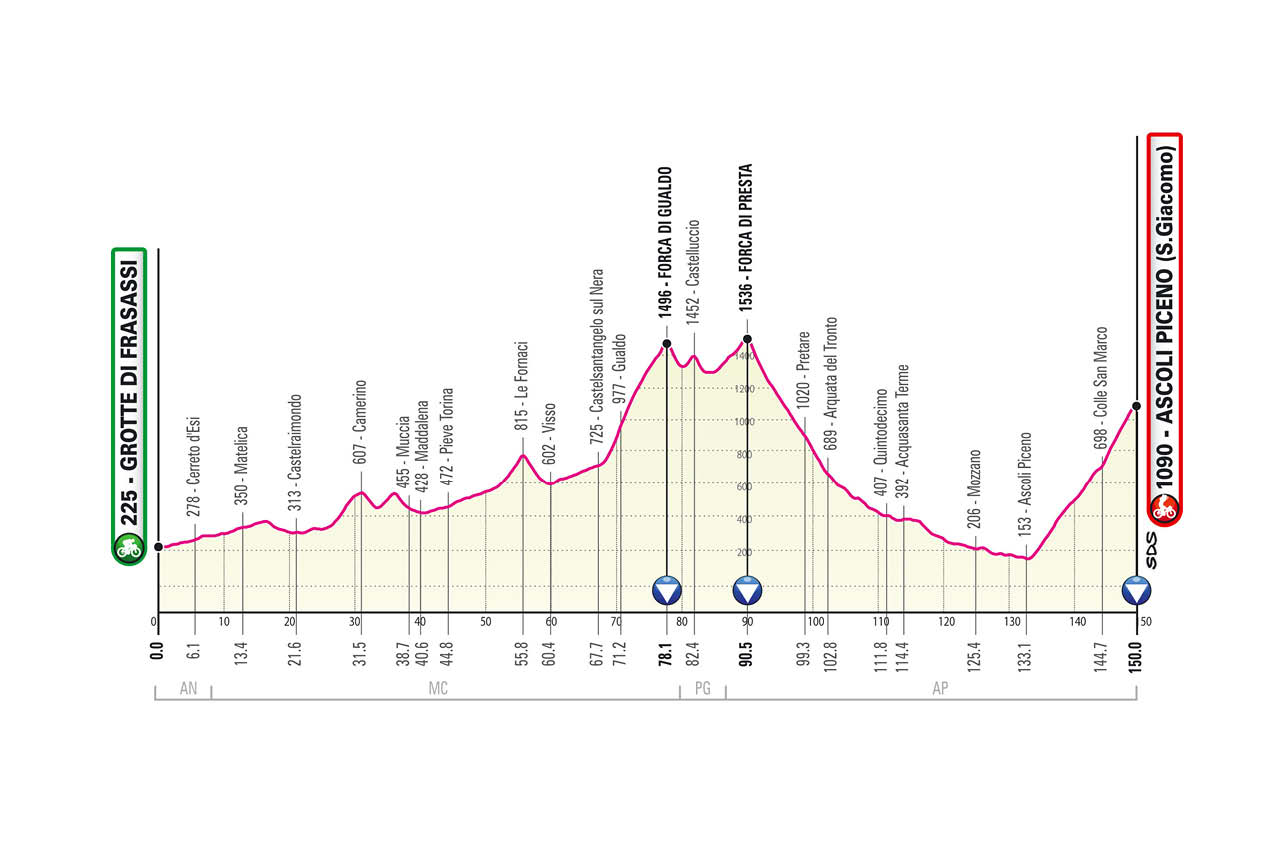
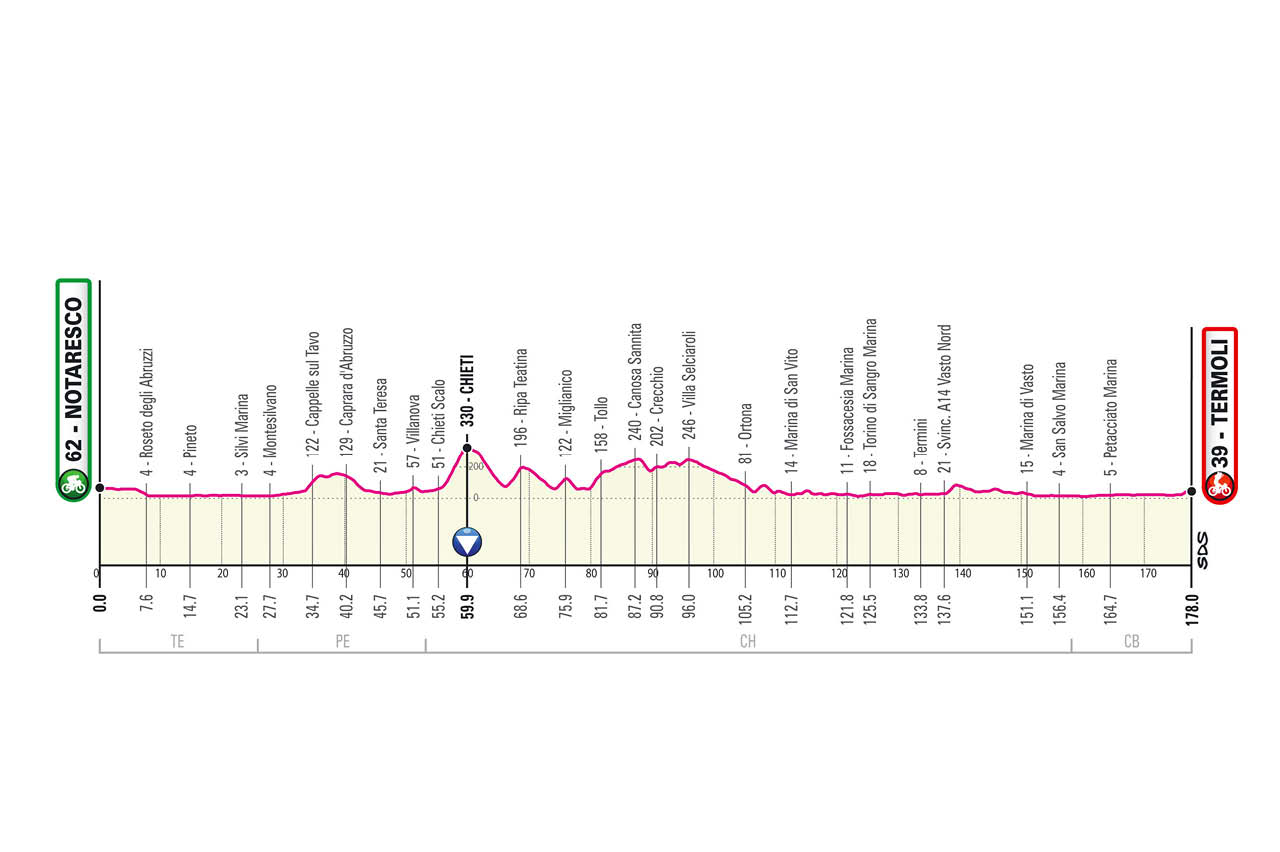
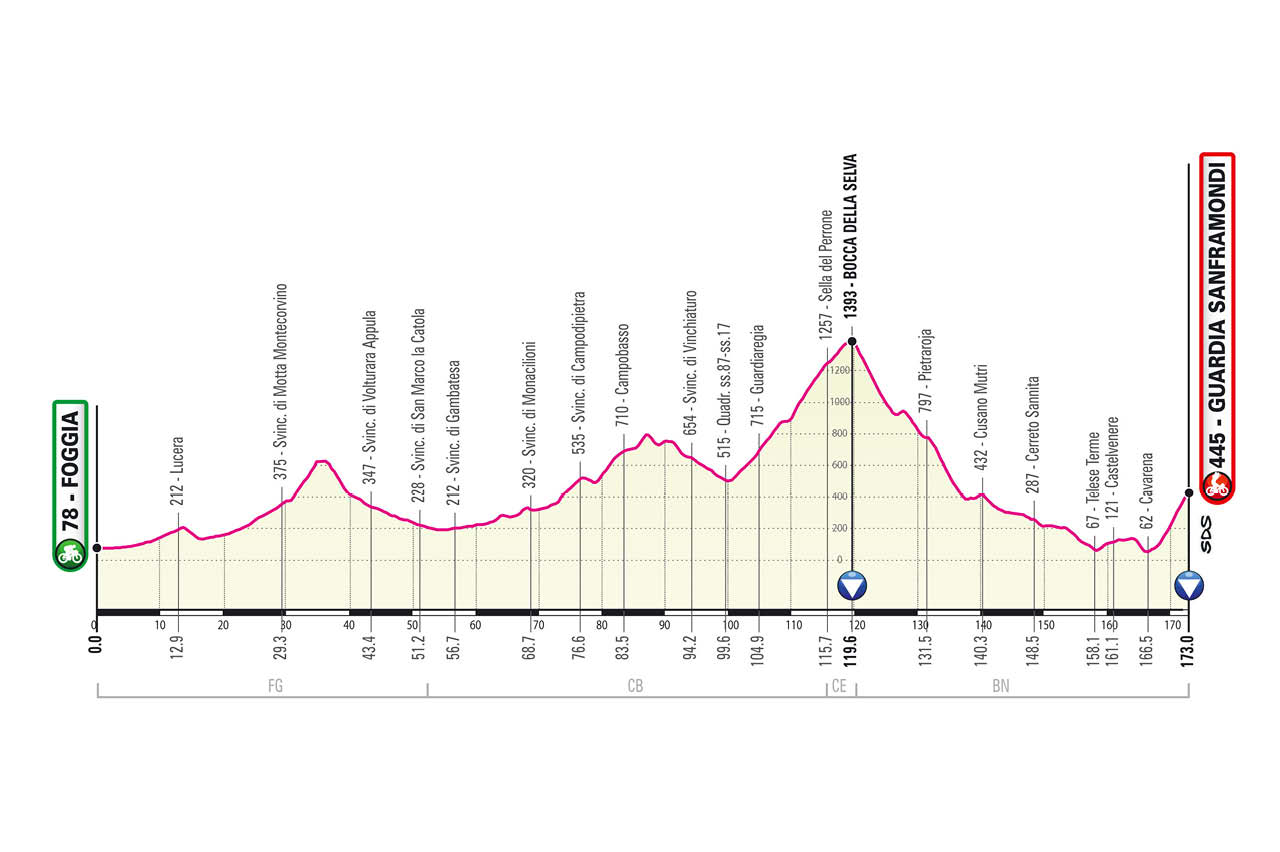
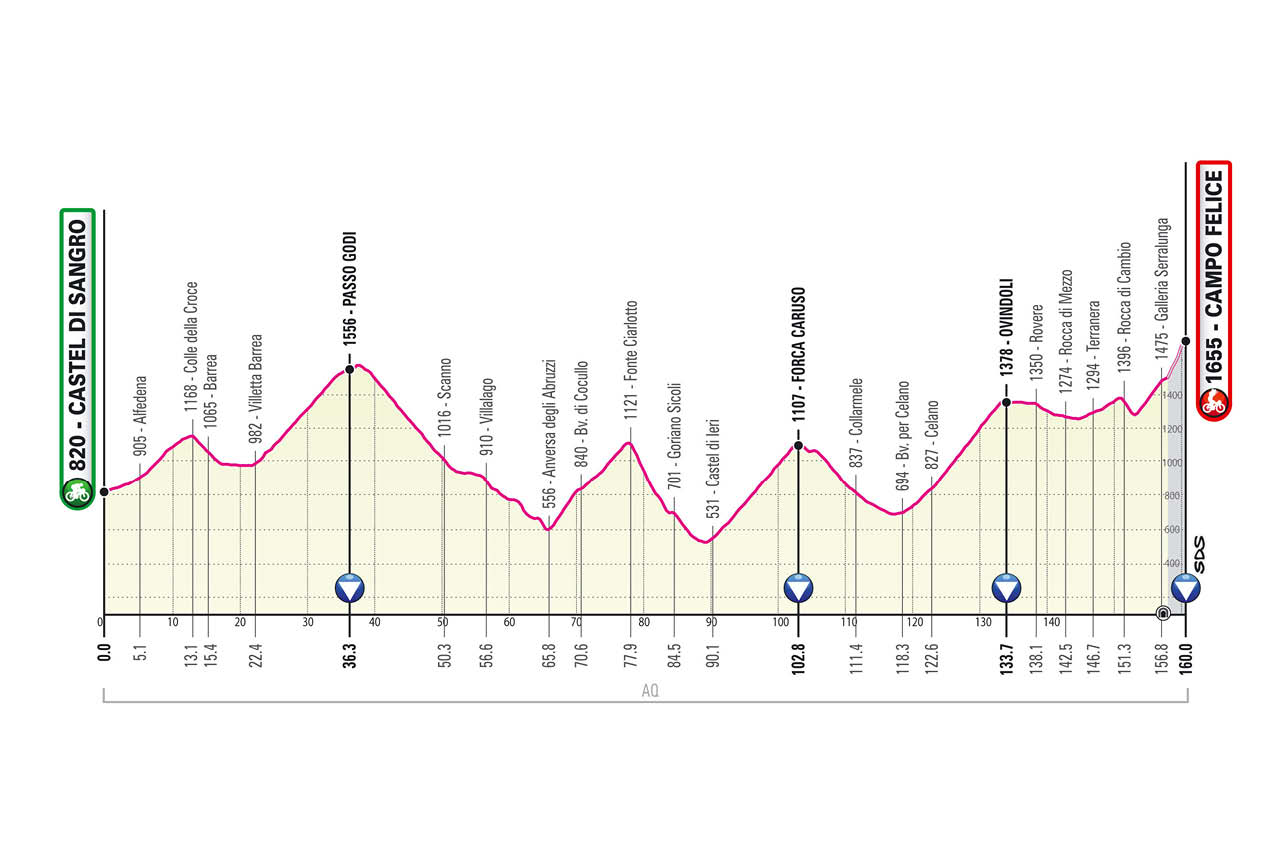
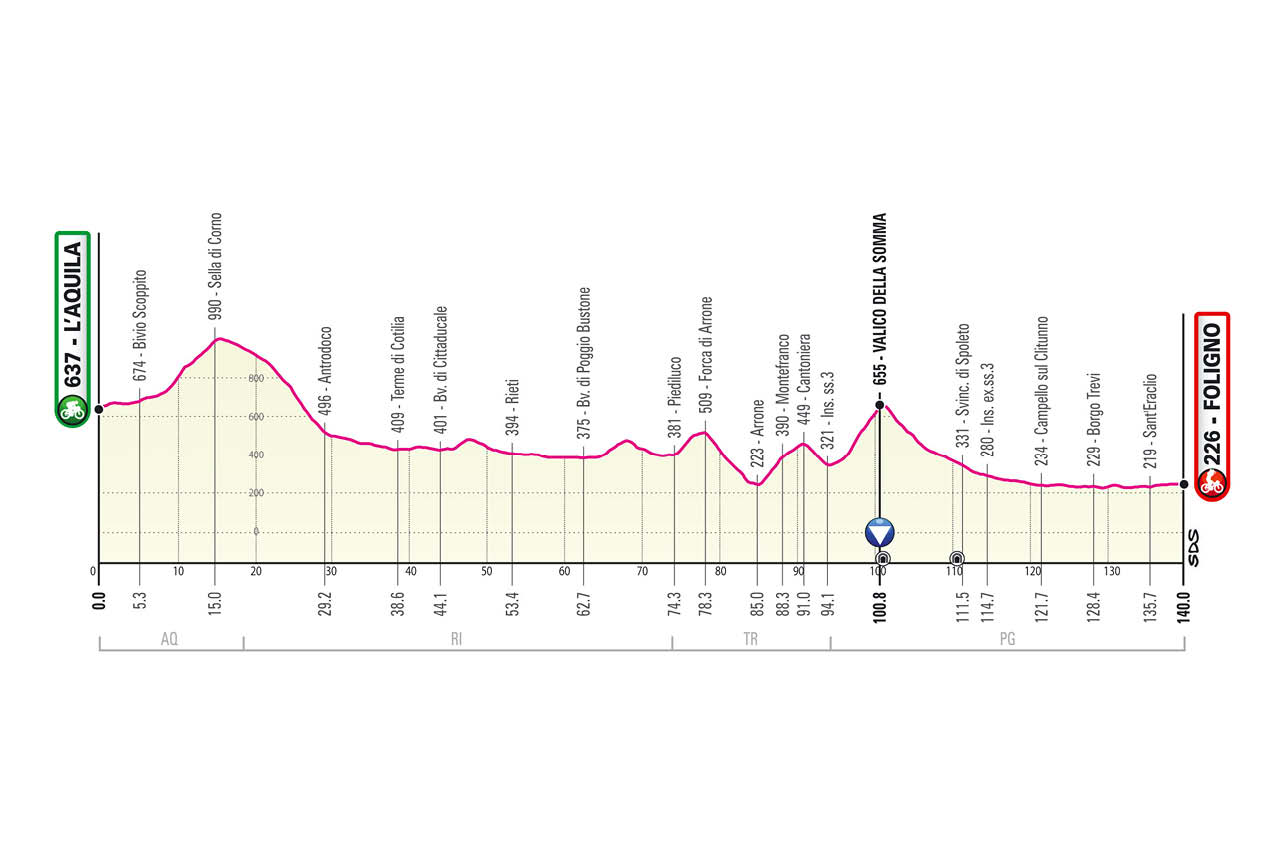
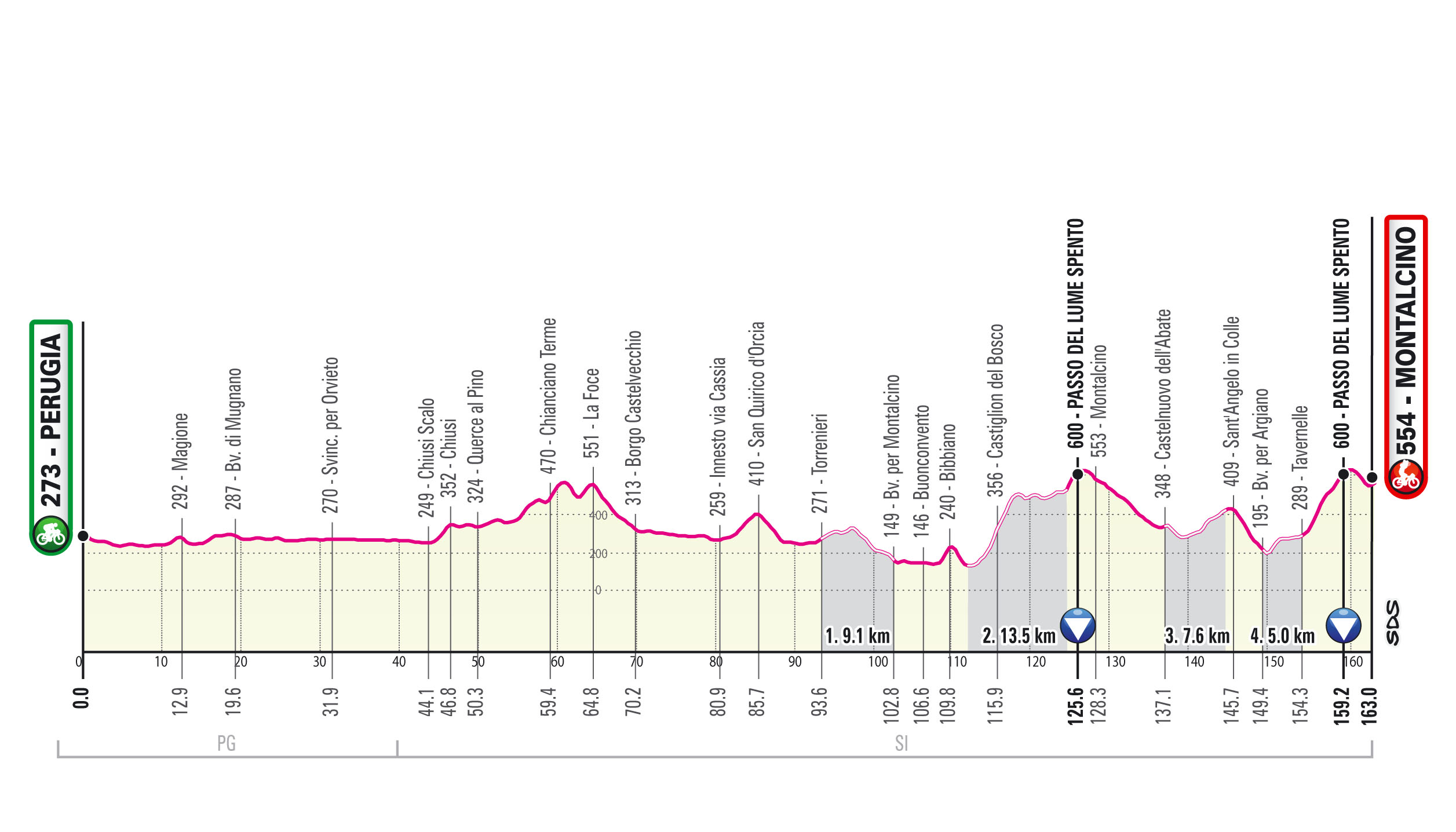
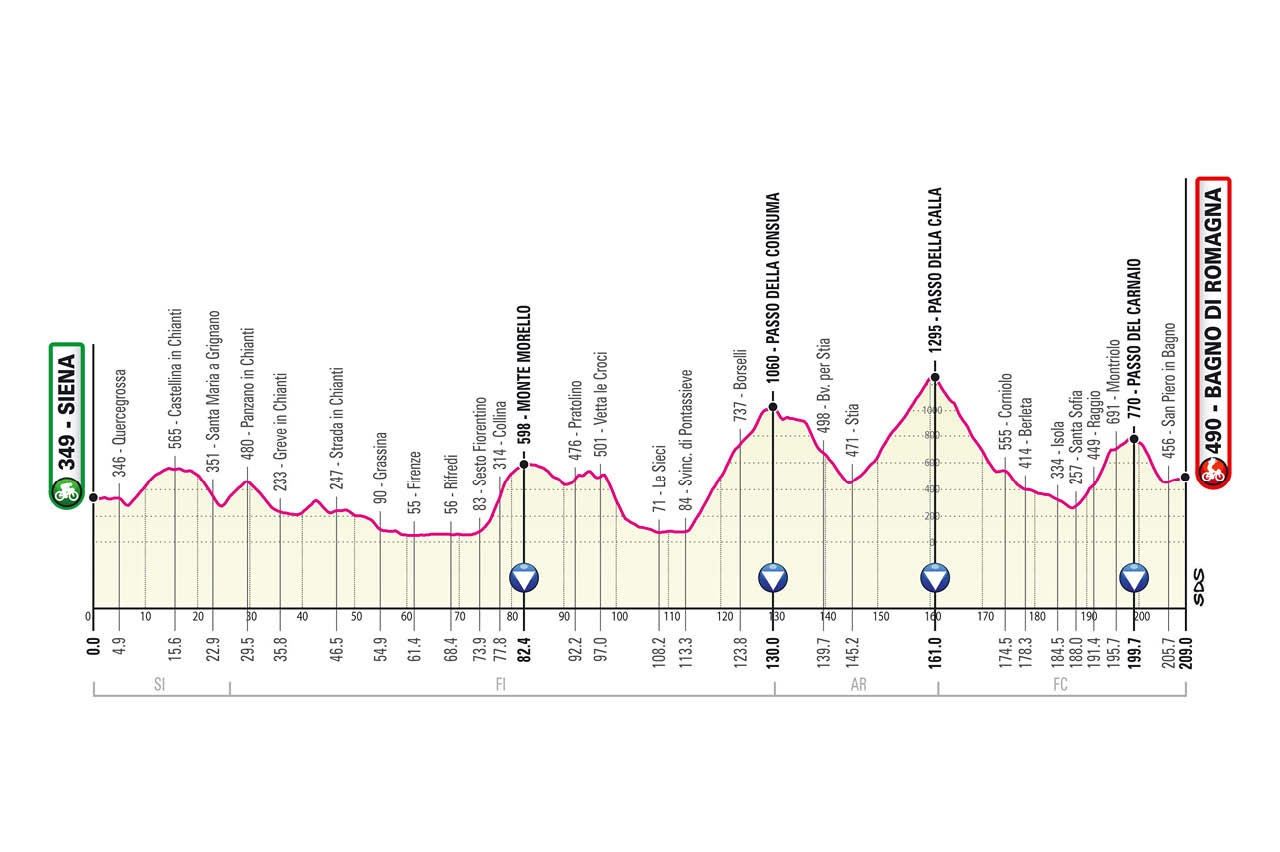
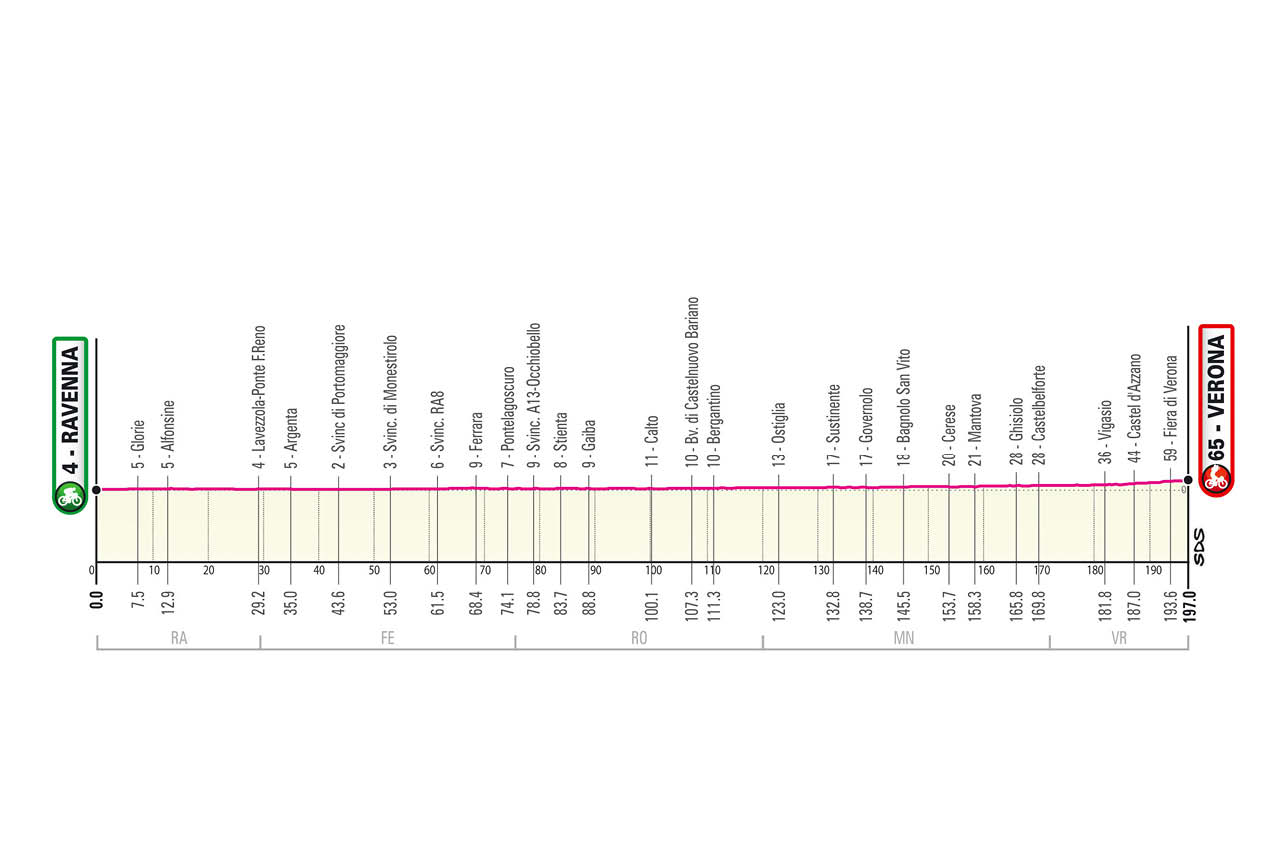
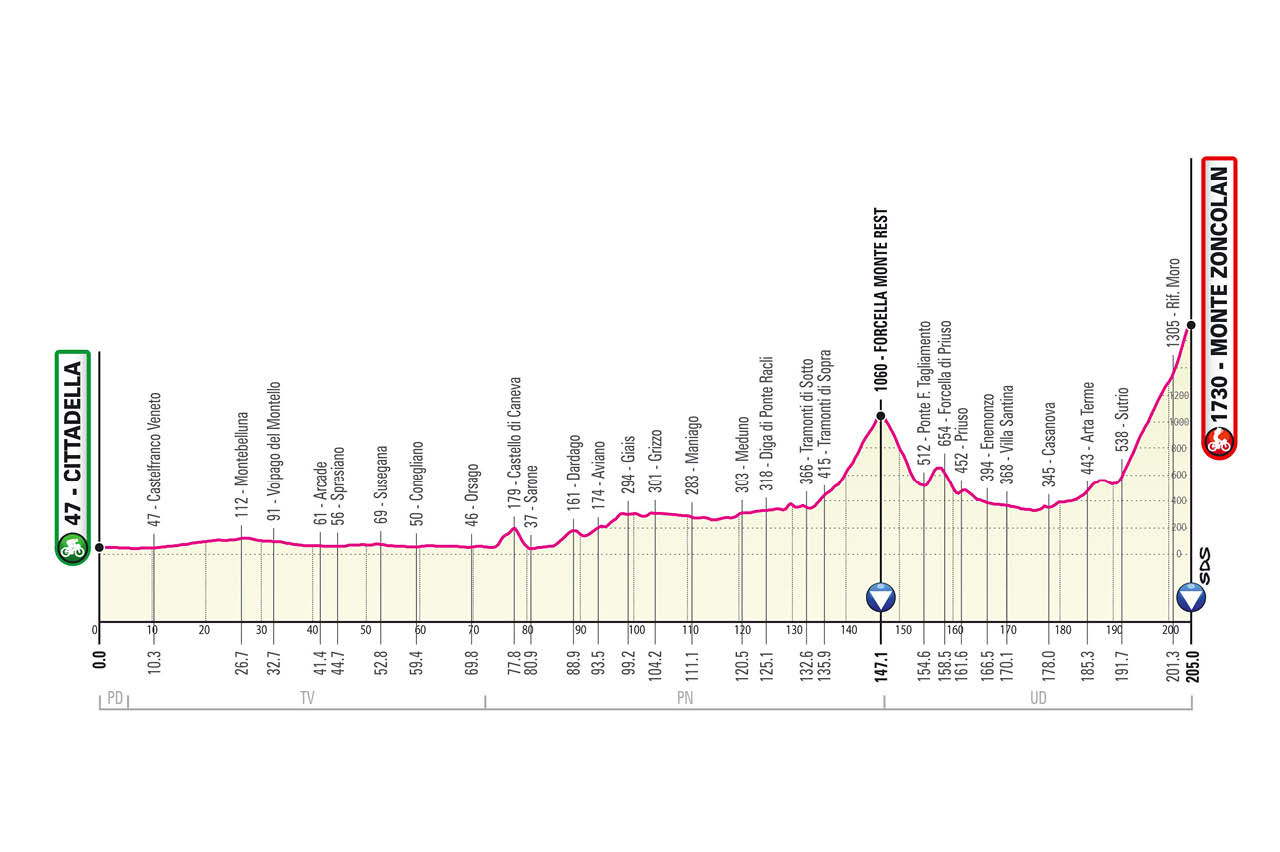
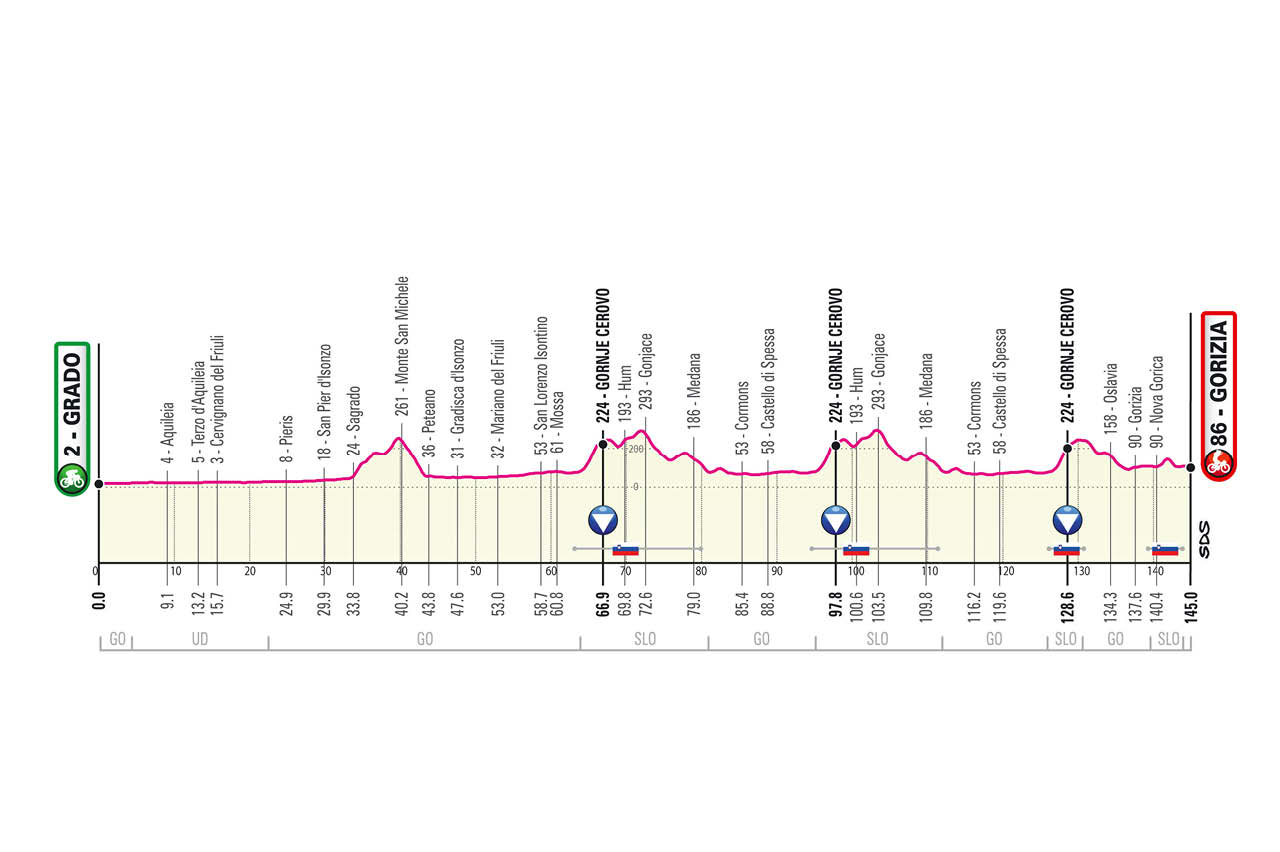
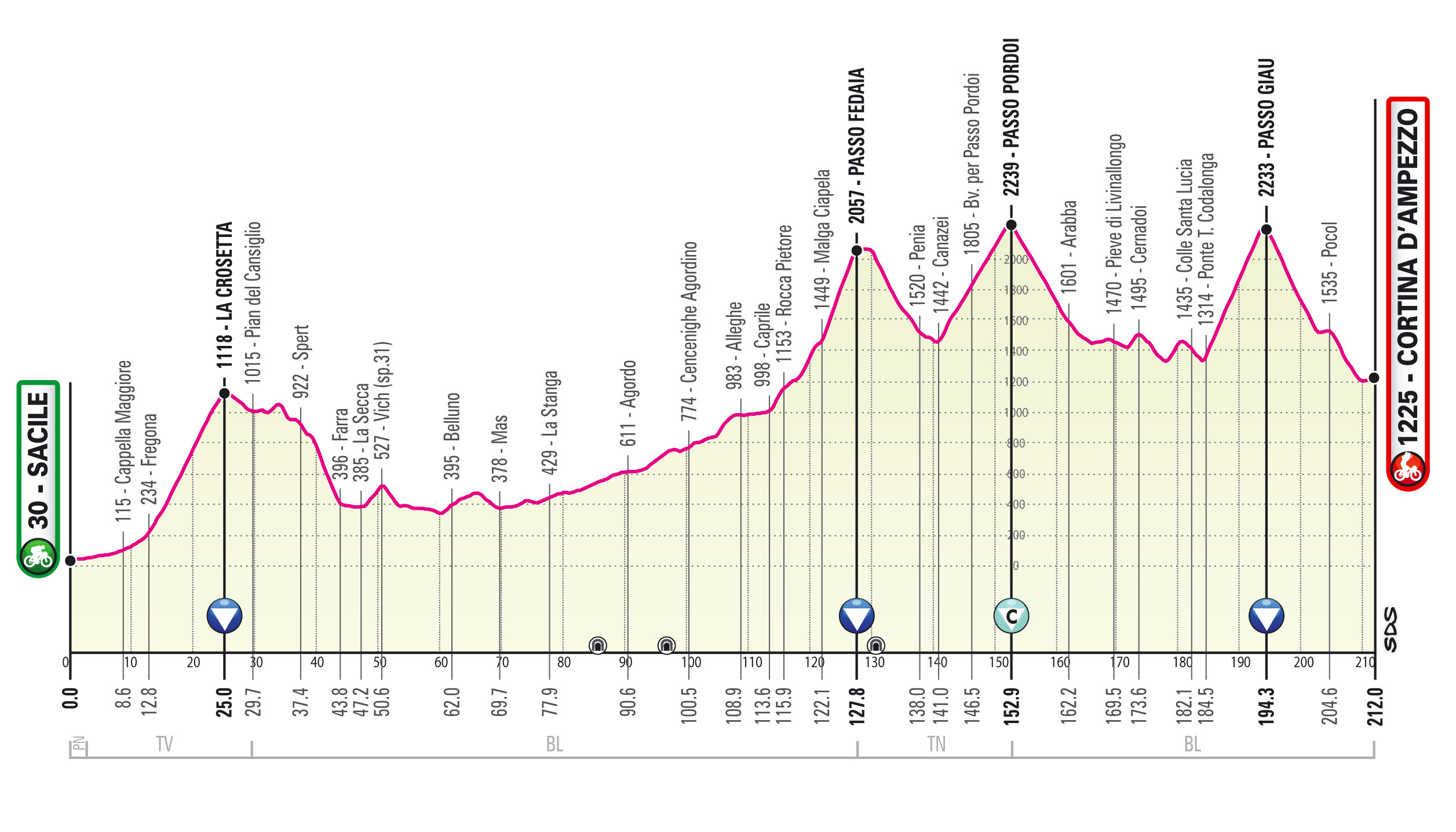
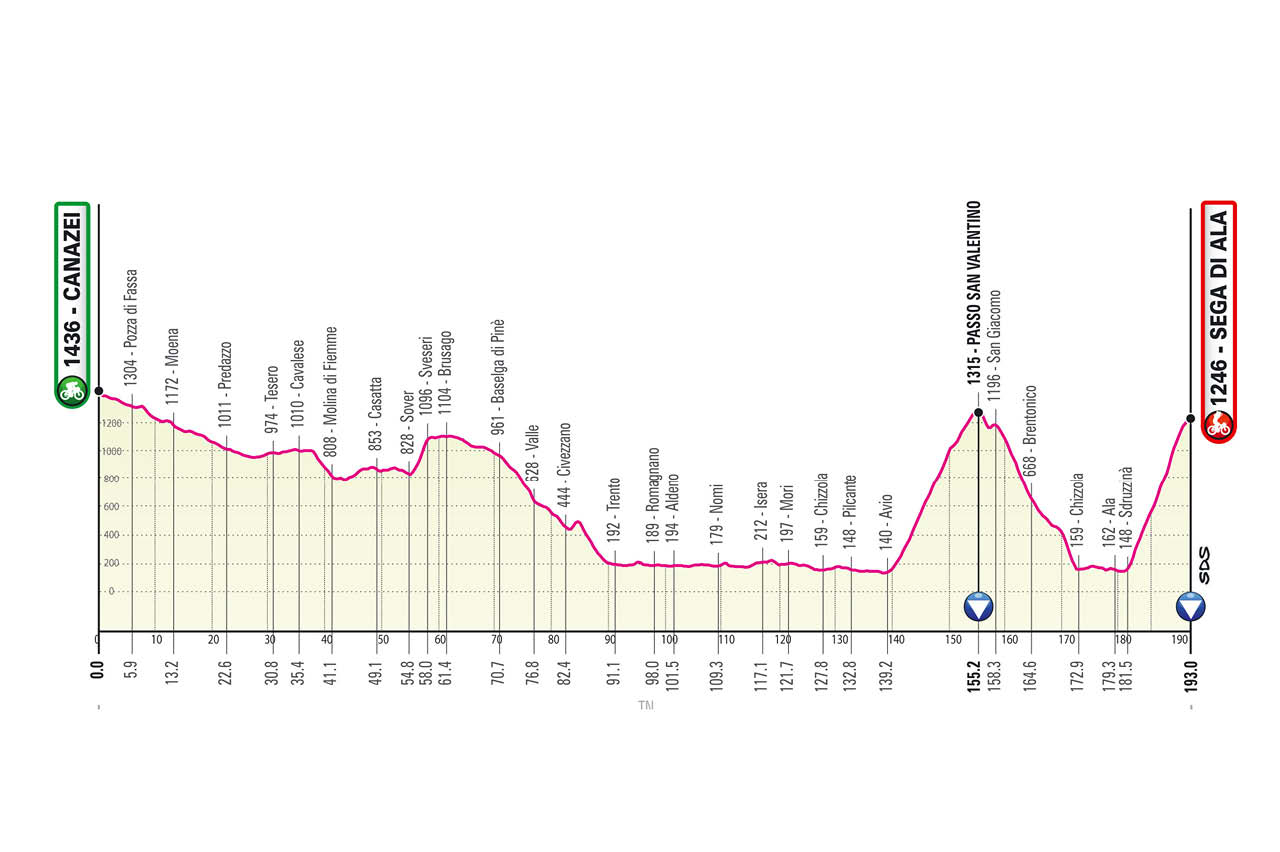

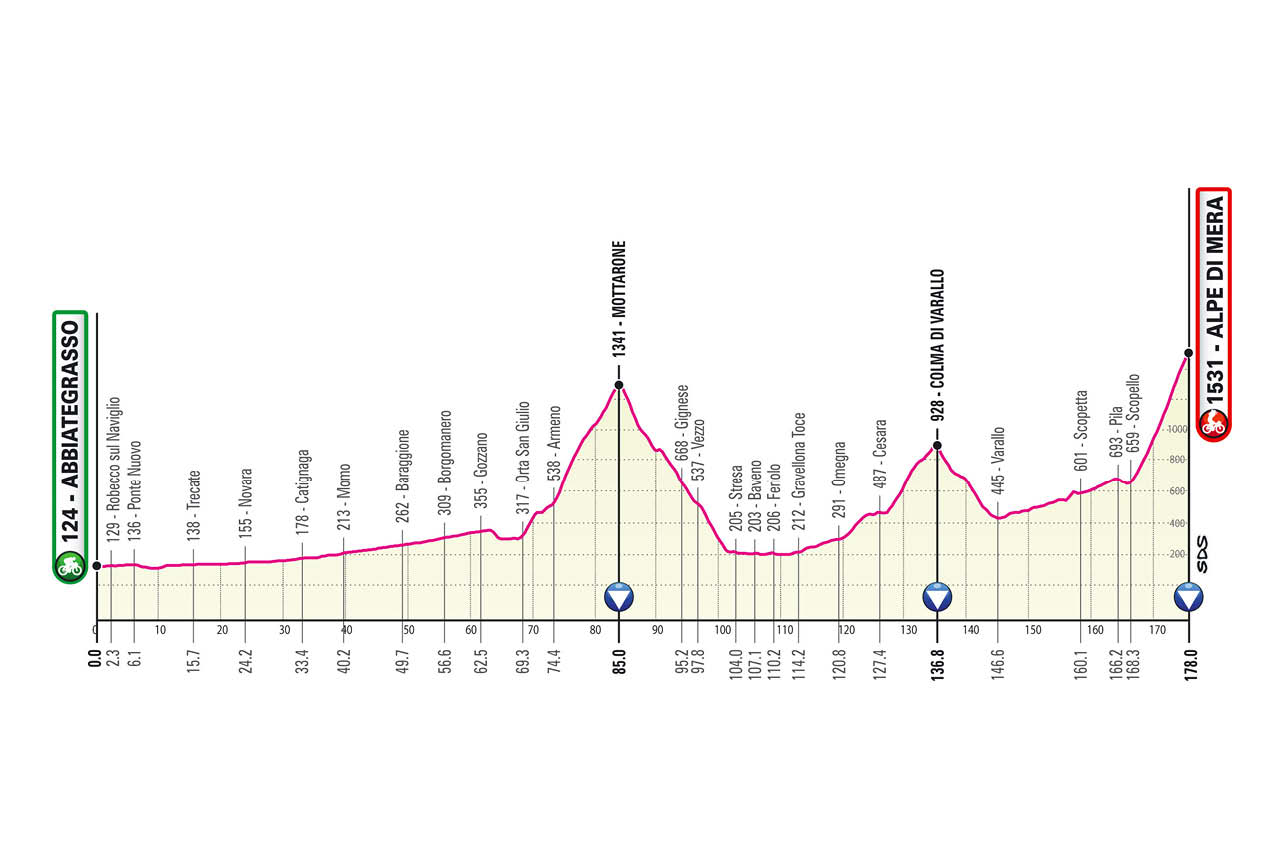
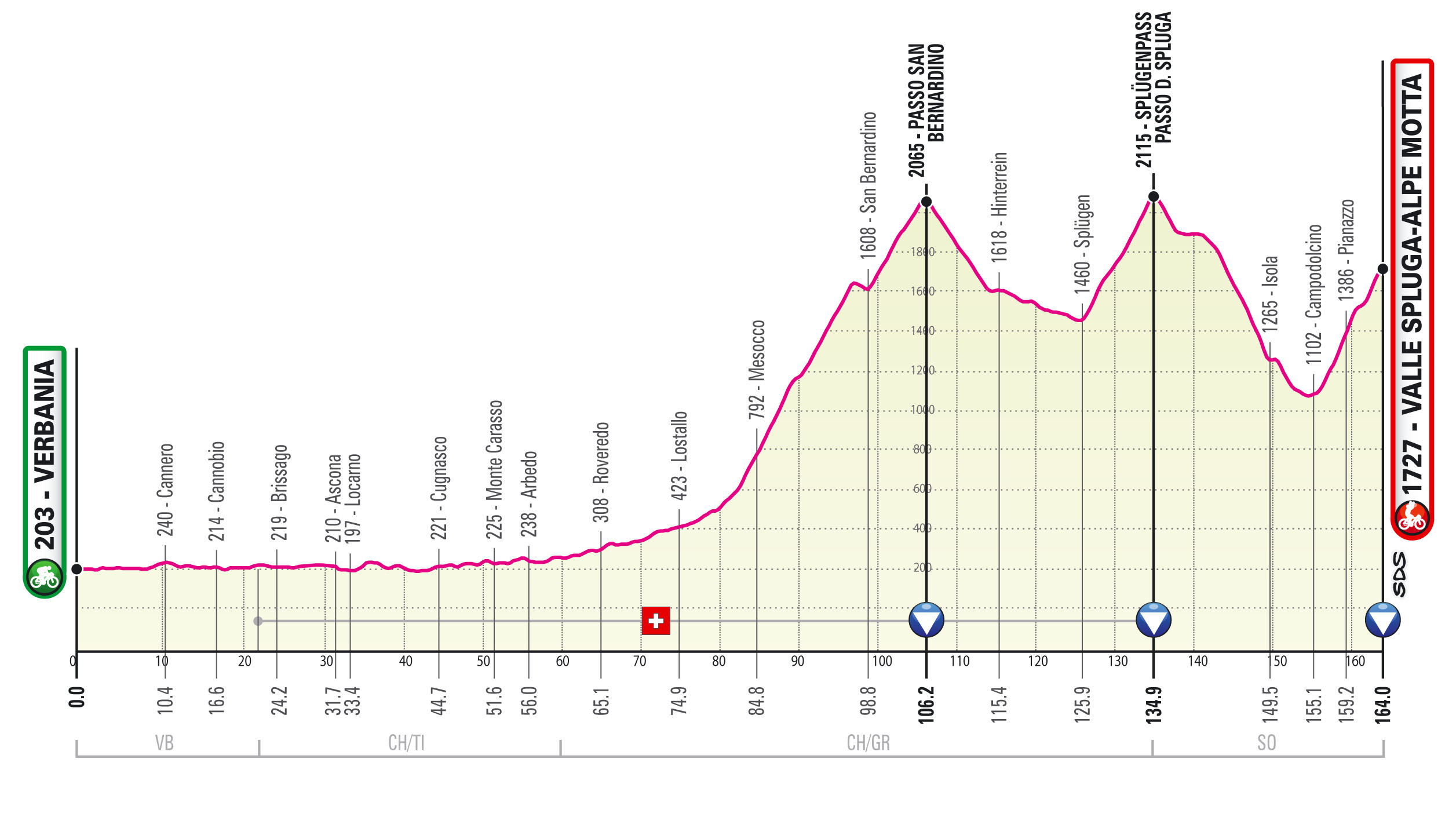
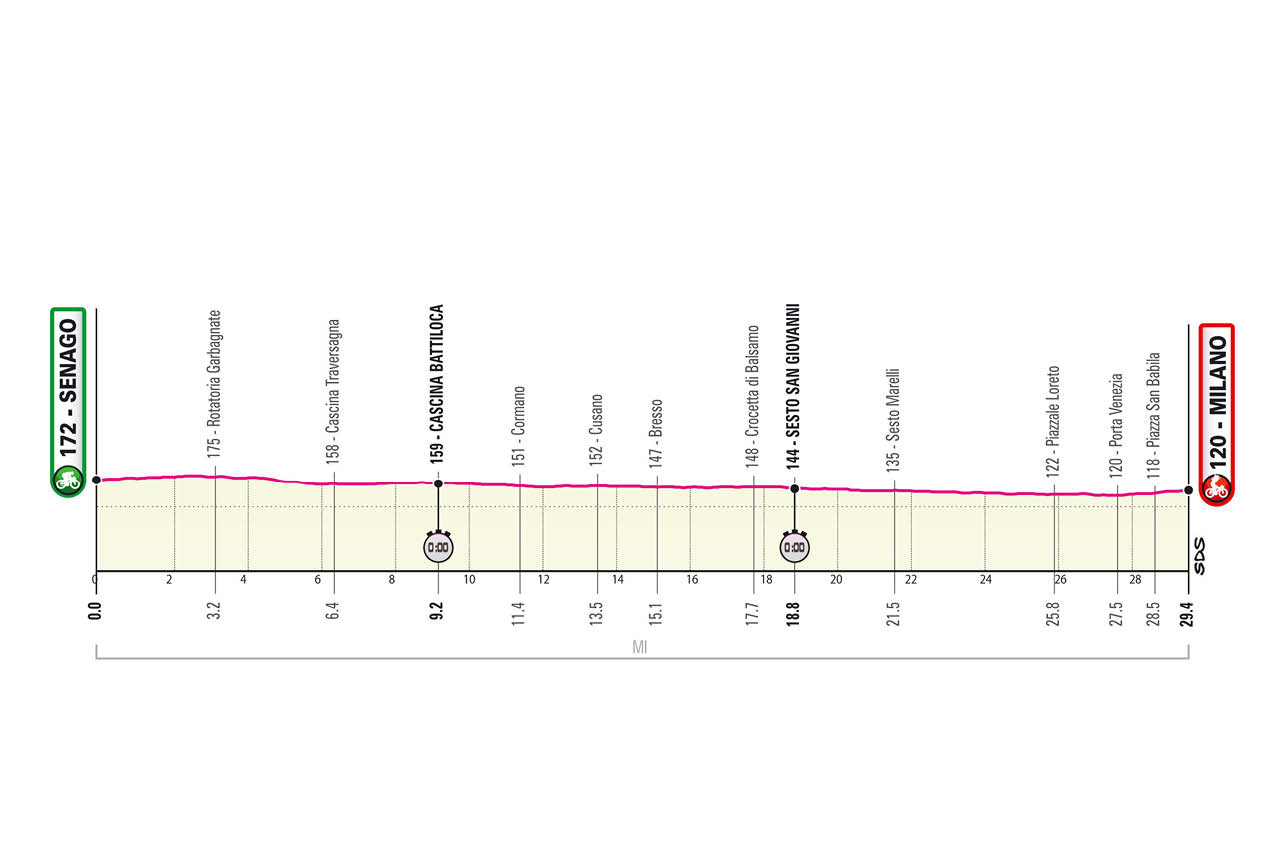
A race of three weeks and 21 stages
The Giro d’Italia will start in Turin and the Piedmont region to celebrate the 160th anniversary of the unification of Italy.
The race last started in Turin in 2011, when HTC-Highroad won the opening team time trial and Marco Pinotti wore the first maglia rosa.
The 9km opening time trial covers a city-centre course and seems made to measure for Ganna, while limiting the time gaps between the overall contenders.
Stage 2 to Novara is for the sprinters while stage 3 to Canale climbs into the Piedmont vineyards and could inspire late attacks.
The Giro heads south from Piedmont with a testing stage in the steep Apennine climbs to Sestola on stage 4, before a pan flat ride to the Cattolica on the Adriatic coast.
There are 3400m of climbing on stage 6 and a 17km climb to the finish above Ascoli Piceno, which will also expose any early-race weaknesses and lack of form.
The hilly first block continues with stage 8 to Guardia Sanframondi, the finish at Campo Felice, with a transfer north to Foligno in Umbria for the first rest on Tuesday May 18, after 10 days of racing.
The stage to the Campo Felice ski station includes 3400m of climbing with a shark’s tooth stage profile. The climb to the finish is 6.6km long, with the dirt roads for the final two kilometres surely amplifying any time gaps.

Part two
The 214km stage starts with the Crosetta climb and then heads high into the Dolomites to climb the Passo Fedaia (which awards the Montagna Pantani prize), the Passo Pordoi (the highest climb of the 2021 Giro and thus the Cima Coppi) and then the terrible Passo di Giau, which climbs at 9.3 percent for 10km.
The route continues to head north via Tuscany with stage 11 from Perugia to Montalcino, which is officially the wine stage to celebrate the Brunello di Montalcino reds.
The 163km stage is not long but includes 35km of dirt roads in the final 70km of the stage, with several sectors including steep climbs and equally testing strade bianche descents.
The last time the Giro visited Montalcino, Cadel Evans won in the mud and the rain while wearing the rainbow jersey.
Stage 12 again climbs into the Apennines and celebrates the lives of Tuscan greats Gino Bartali and Italian national coach Alfredo Martini by passing through Ponte a Ema and Sesto Fiorentino before crossing into Emilia Romagna to reach Bagni di Romagna.
Stage 13 celebrates the 700th anniversary of the death of Dante Alighieri, whose poetry helped form the basis of the modern-day Italian language. The stage across the Po delta means it is a day for the sprinters.
The mountains return on Saturday, May 22 with the finish atop Monte Zoncolan. The Friulan climb is famous for its steep gradients but this year the Giro climbs from the Sutrio side and so will not pass through the trees and tunnel before the spectacular finish. However, the gradients are similar, with the 14.1km climb averaging at 8.5 percent, with the final two kilometres at 13%. Gilberto Simoni won the only time the Giro d’Italia climbed up from Sutrio in 2003.
A trip to Slovenia for a stage from Grado to Gorizia comes before the Queen stage to Cortina d’Ampezzo.
The stage doesn’t end with a climb but rather a spectacular descent to the ski resort that will host the 2026 Winter Olympics.

Act three: Grand finale in the Alps
The second rest day again falls on a Tuesday, with just five stages left to race. Stage 17 includes the Passo San Valentino and then the finish at Sega di Ala on the little-known roads between Trento and Verona. The 11.2km climb has a 10.4 per cent first half, before the gradient eases slightly ahead of a final two kilometres at 12 per cent.
The corsa rosa rides west with a 228km transfer and sprint stage from Rovereto to Stradella with the hills of the Oltrepò Pavese offering a chance for late attacks to succeed.
Stage 19 is another first-time finish, with a steep climb to Alpe di Mera. The 176km stage climbs the Mottarone midway before climbing into the Alps for the 9.7km climb up to the finish line.
Filippo Ganna will be the local hero at the start of stage 19 in his hometown of Verbania. However, if he wants to win the final time trial to Milan he will have to climb high into the Swiss Alps and finish the five-star stage that includes the Passo San Bernardino and the Passo dello Spluga before a descent and then the climb to the finish in Madesimo.
The final time trial to Milan in 2020 was 15.7km long. This year the stage will be almost double that at 29.4km. It starts north of the city and will no doubt follow fast, straight roads to the city centre and the finish in the shadow of the Duomo.

Stephen is one of the most experienced member of the Cyclingnews team, having reported on professional cycling since 1994. He has been Head of News at Cyclingnews since 2022, before which he held the position of European editor since 2012 and previously worked for Reuters, Shift Active Media, and CyclingWeekly, among other publications.